I’ve just returned from a week’s soujourn to Lincoln, so what better way to begin my historical blog than with a ramble about this fantastic heritage city of the east?
Lincoln is a wonderful city, with a lot to offer the heritage fiend like myself. Thanks to circumstances that I shall explain in due course, the city has survived from medieval times quite well. It was begun, however, as the Roman settlement of Lindum Colonia, on the northern end of the Fosse Way, in AD60, following on from the conquest under Aulus Plautius in the mid AD40s. Aulus Plautius was one of Emperor Claudius’ generals, who later became the first governor of the Roman province Britannia. Around AD80, the fort established here was converted into a civilian settlement as the Ninth Legion marched north, up to Eboracum (York) in AD71. The Colonia of Lindum Colonia reflects this change to civilian life. Under Emperor Domitian, retired soldiers settled here, and the town extended down the hill towards the River Witham. Around AD200, the settlement was walled in stone, parts of which still survive.
Following the collapse of the Roman Empire in the mid-5th century, Lindum mutated into Lincylene. The years following saw numerous Viking raids from Scandanavia, which eventually led to the establishment of the Danelaw in 886, defining the boundaries between the English and the Vikings. Lincoln, firmly within the Danelaw, became one of the five boroughs of Danish Mercia (along with Leicester, Nottingham, Derby and Stamford). While not as successful as the superpower of Viking York, Lincoln nevertheless prospered from a trade boom of its own, being accessible by sea through both the Rivers Witham and Trent.
^ Bailgate area as seen from the Castle. The apsidal shape picked out in the centre there is all that remains of a Saxon church that was built on a site near the old Roman forum. The remains of a Roman well can also be seen in this area.
^ The East Bight. I just like this little area just off the Cathedral precinct, near the East Gate.
1066 saw the Normans invade Britain, and the strategic position occupied by Lincoln wasn’t lost on them. William I ordered the building of Lincoln Castle, largely on the site occupied by the Roman fortress. Domesday Book records that the city held 970 messuages (that is, landed houses), but 166 of these were destroyed to make room for the castle.
Today, there is not much left of the castle. The circuit of walls remains intact, but within them are more modern buildings, including the law courts – making Lincoln Castle the only castle in England from which justice is still dispensed.
The castle is unusual in that it has two mottes, as well – the original Norman motte where the Keep once stood was, lamentably, covered in scaffolding while I was there.
Opposite the Castle is the Cathedral. This is a plan reproduced in many Norman towns and cities, having the centre of justice very close to the centre of religion, making the very powerful statement that “God is a Norman”, as Simon Thurley puts it.
Lincoln Cathedral was put up in the comparatively short time of four years, initially, although the building was continually developed throughout the medieval period. The Diocese of Lincoln was the biggest in Medieval Britain, extending from the Humber to the Thames when it was combined with the Diocese of Dorchester shortly before the Norman Conquest. William I moved the See from Dorchester upon Thames to Lincoln in reflection of the importance of the new cathedral city.
Following an earthquake in 1185, Henry II appointed Hugh of Avalon as bishop, as he had already proven himself a capable administrator in Witham, a monastery Henry II had founded as part of his penance following the death of Thomas Becket. Hugh of Avalon was the only Carthusian monk to become an English Bishop. The Cathedral is one of the outstanding examples of Early English Gothic architecture, a wonder of pointed arches and flying buttresses. In terms of its floor plan, it is the third largest Cathedral in Britain, following St Pauls and York Minster. The central tower, once crowned with a spire in 1300, made it the tallest building in the medieval world at 525ft, finally eclipsing the Great Pyramid of Giza.
In 1215, the then-bishop, Hugh of Wells, was one of the signatories of Magna Carta, and one of the four remaining copies is preserved in Lincoln Castle.
In addition to rebuilding the cathedral, Hugh began the building of the Bishops’ Palace in a much grander style. The palace features the earliest surviving example of a roofed domestic hall in England, and during the 1540s, it was here that Catherine Howard is alleged to have begun her affair with Thomas Culpeper while Henry VIII was entertained here, leading to her execution in 1542.
The Bishops’ Palace was badly damaged during the Civil War, and the Bishops instead moved to the palace at Buckden, Cambridgeshire. When the diocese was reduced in size in the 1840s, the Bishop moved back to the city, eventually into the old guest wing of the Palace, now Edward King House.
^ The new Bishops' Palace, Edward King House.
By 1150, Lincoln was one of the wealthiest cities in England, its economy largely based on cloth and wool – Lincoln green being the clothing of choice for Robin Hood, of course. It also had one of the largest Jewish populations in the country, which cannot be discounted as a contributing factor to its wealth. Usury was forbidden to Christians, but the presence Jewish moneylenders in the city allowed for tremendous expansion. Jew’s House, on the hill south of the Cathedral, is reputedly the oldest dwelling house in Britain. Jew’s Court, next to Jew’s House, is the oldest synagogue in England.
The nearby Norman House (above) is believed to be the house of Aaron of Lincoln, said to be the wealthiest man in 12th-century Britain. His use of agents led to the creation of one of the first banking systems in Britain. Bishop Robert de Chesney once pledged the Cathedral jewels to Aaron for financial assitance in building, and even Henry II was in debt to him – upon Aaron’s death in 1186, Henry II seized his property, and inherited so much that a separate exchequer was set up to deal with the estate. In 1190, one of Aaron’s creditors led an attack on his agent in York, leading to the death of the entire Jewish community there, in Clifford’s Tower.
^ The Pottergate.
^^ & ^ Priorygate.
^ The Pottergate.
^^ & ^ Priorygate.
These two gates demarcate an area called Minster Yard, which has a collection of some fairly important buildings. The Cathedral is more accurately a Minster, derived from 'monasterium' anyway, but denotes a Collegiate Church rather than the more usual foundation of monks living the austere, secular life. Anyhow.
The brick building roughly in the centre is the Chancery, originally built in the early 12th century but refaced in brick in the late 14th century, which made it the oldest brick house in the city. Further around the Cathedral are the 'Number Houses', so-called because they are believed to be the first houses in England to be numbered:
By the 14th century, the city’s fortunes began to decline. The dissolution of the monasteries brought a calamity, as Lincolnshire held the highest concentration of abbeys in England, and the loss of their income and wealth severely stunted that of the diocese. When the central spire of the Cathedral collapsed in 1549 and was not replaced, it provided something of a metaphor for the economic state.
The brick building roughly in the centre is the Chancery, originally built in the early 12th century but refaced in brick in the late 14th century, which made it the oldest brick house in the city. Further around the Cathedral are the 'Number Houses', so-called because they are believed to be the first houses in England to be numbered:
By the 14th century, the city’s fortunes began to decline. The dissolution of the monasteries brought a calamity, as Lincolnshire held the highest concentration of abbeys in England, and the loss of their income and wealth severely stunted that of the diocese. When the central spire of the Cathedral collapsed in 1549 and was not replaced, it provided something of a metaphor for the economic state.
Because of this, however, most of the medieval layout and buildings survive. There is a small Assembly Rooms within the city, built in 1745, adding a touch of Georgian urbanity to the city:
The city began to pick up following the industrial revolution, attracting some major industry. Lincoln has the distinction of being the city where the military tank was created and tested, during the First World War.
The city began to pick up following the industrial revolution, attracting some major industry. Lincoln has the distinction of being the city where the military tank was created and tested, during the First World War.
It's a cracking place, and well worth discovering! I only wish I had more time there, really - Steep Hill did me in, and I didn't make it down to the lower part of town. Still, that provides me with ample reason to go back sometime soon!
^ down by the river, courtesy of my mum's photo collection from a trip in summer 1997.
As much as I've enjoyed this rambling revisit of my trip, I'll have to cut it short there. But don't worry, I'll have some more Heritage Hunting to share soon enough!
^ down by the river, courtesy of my mum's photo collection from a trip in summer 1997.
As much as I've enjoyed this rambling revisit of my trip, I'll have to cut it short there. But don't worry, I'll have some more Heritage Hunting to share soon enough!

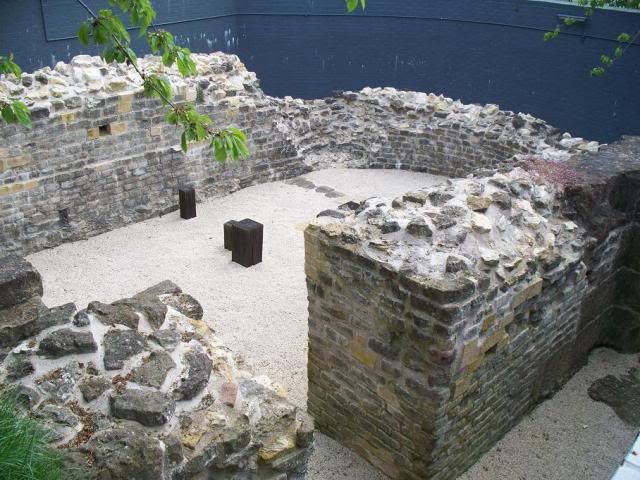
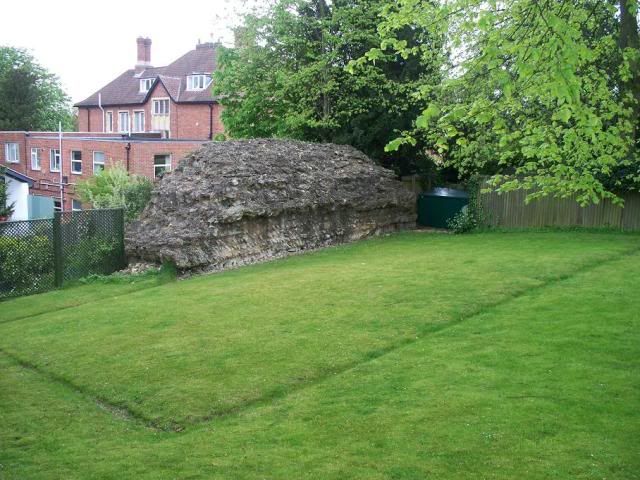
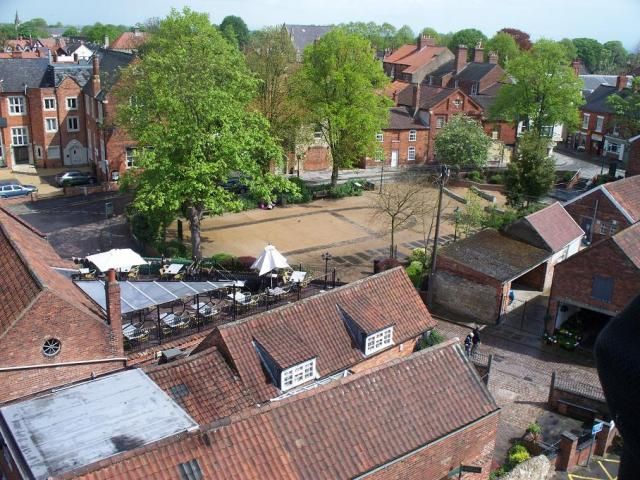
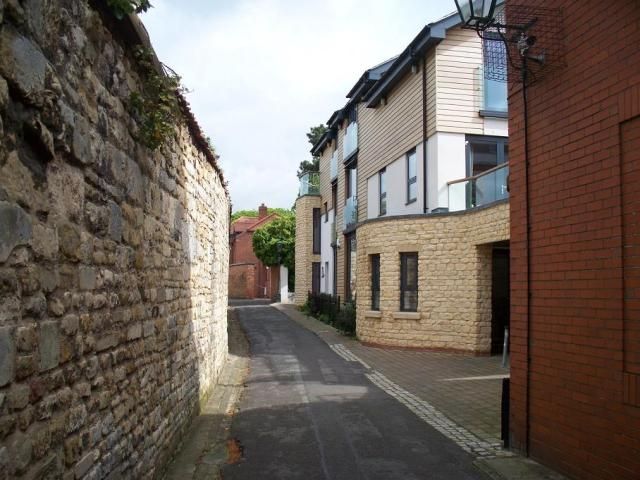




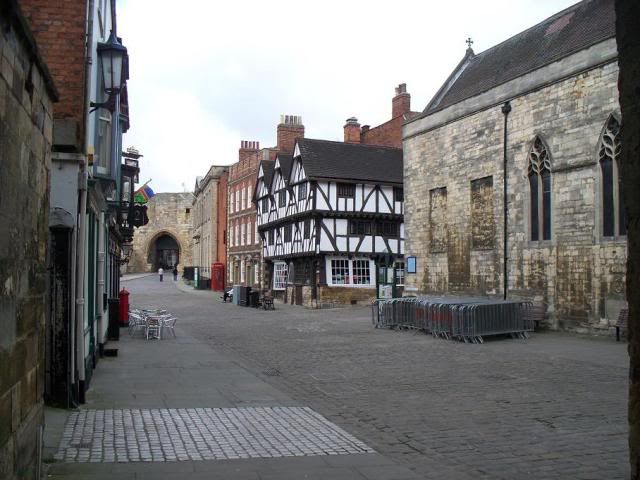

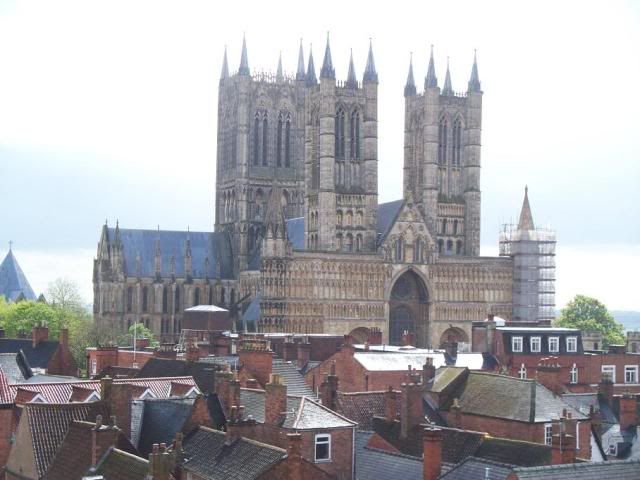



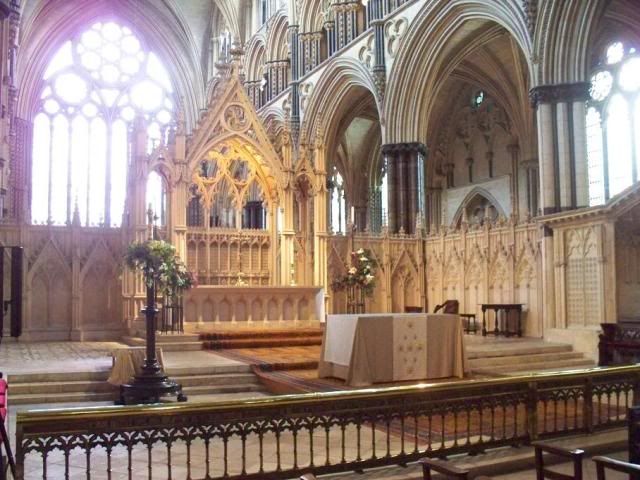
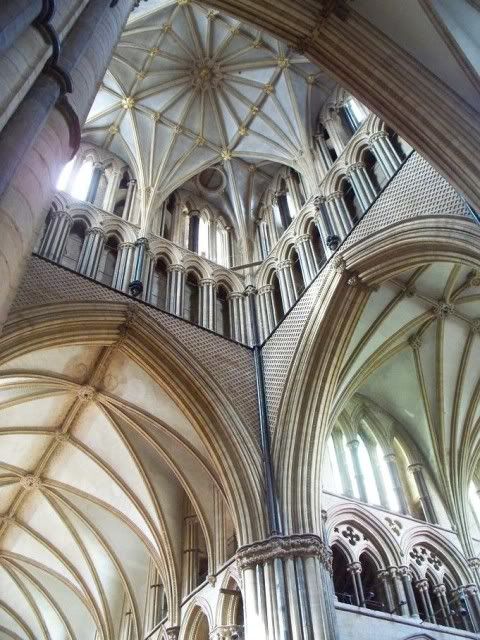
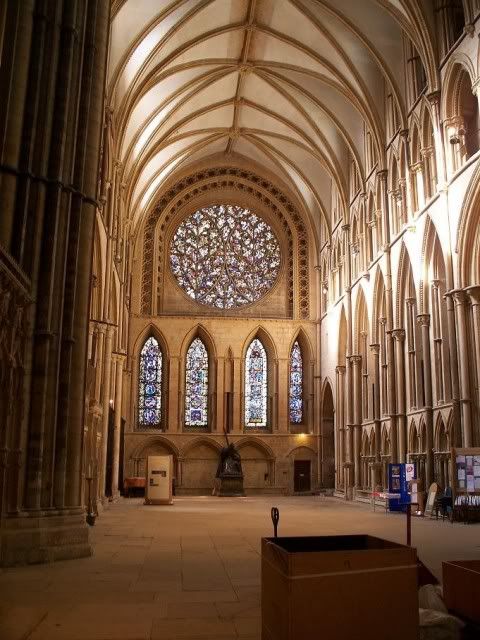

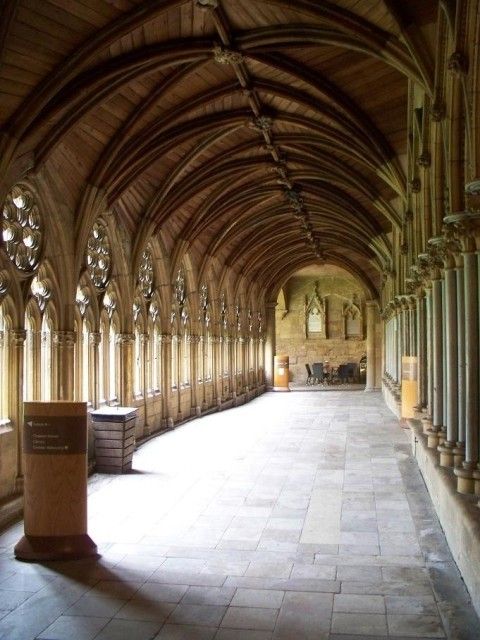
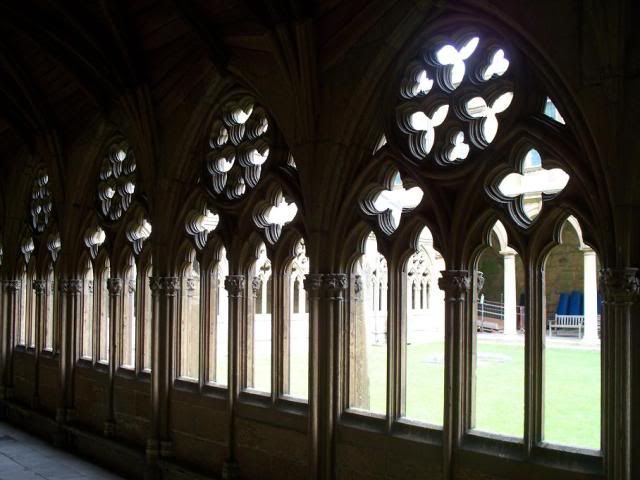

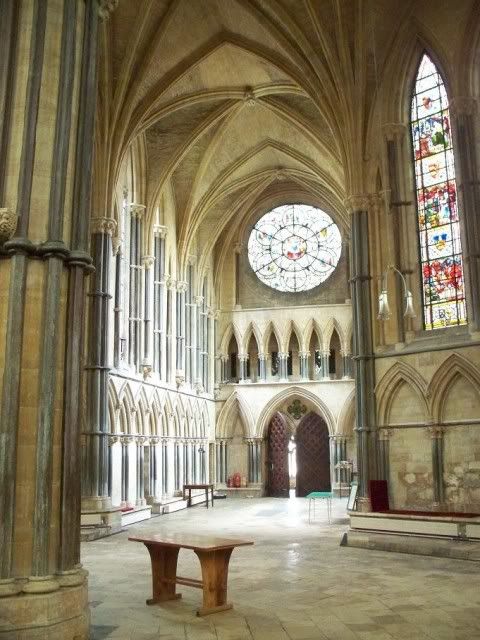
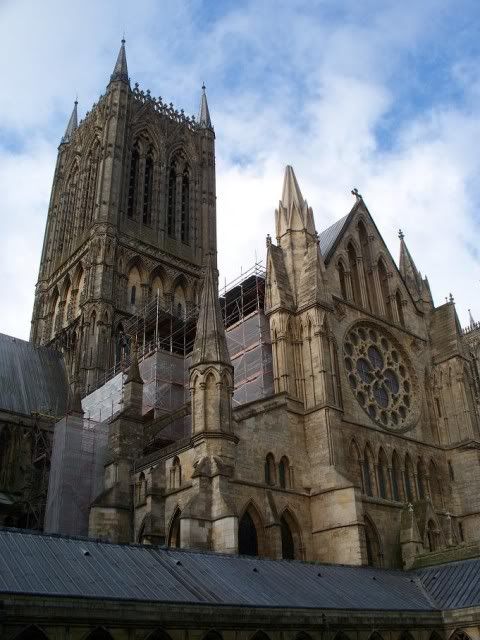
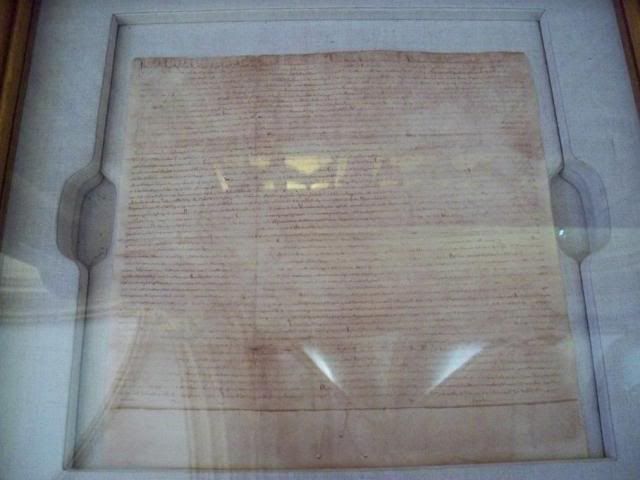
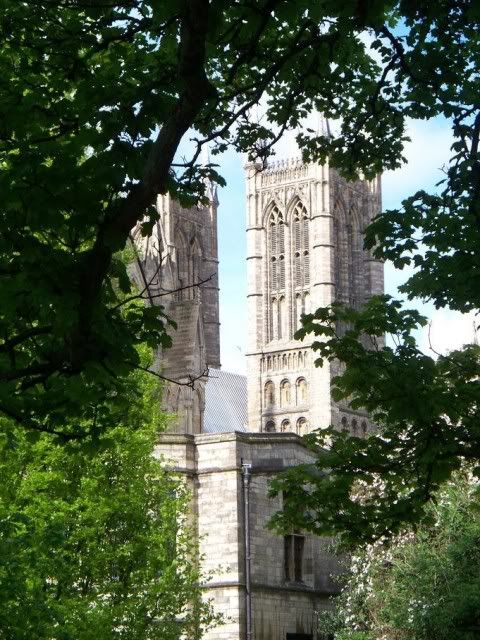
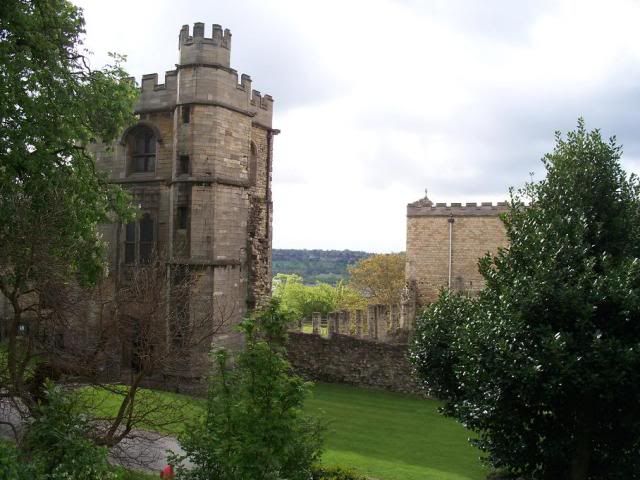
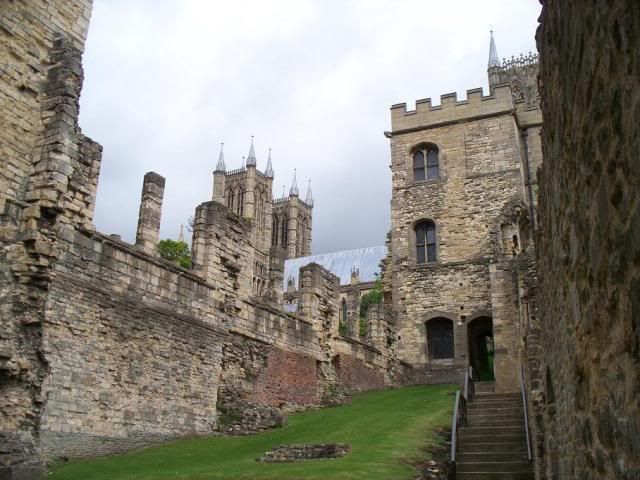
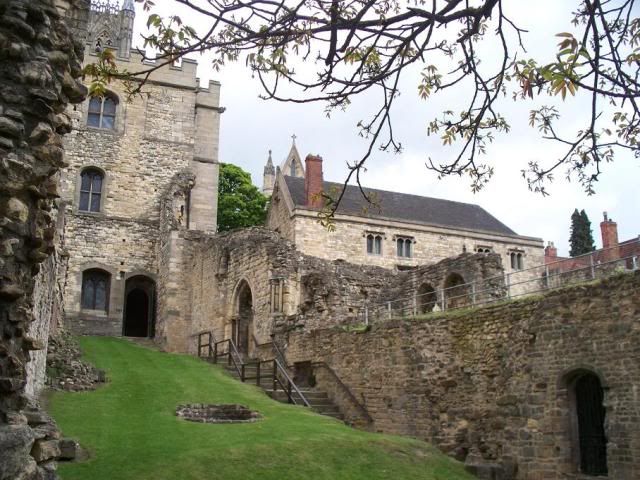


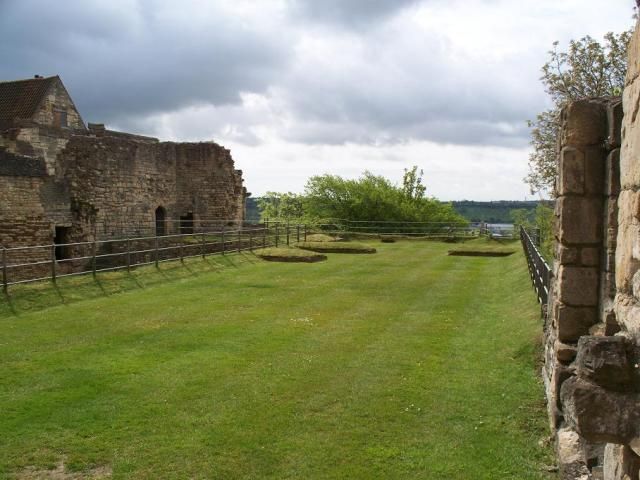

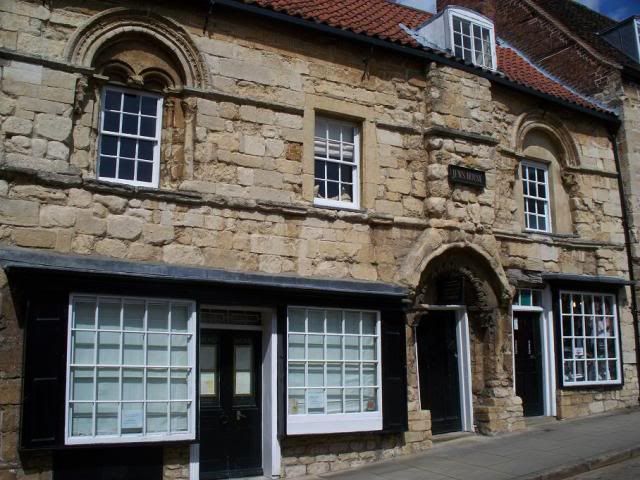
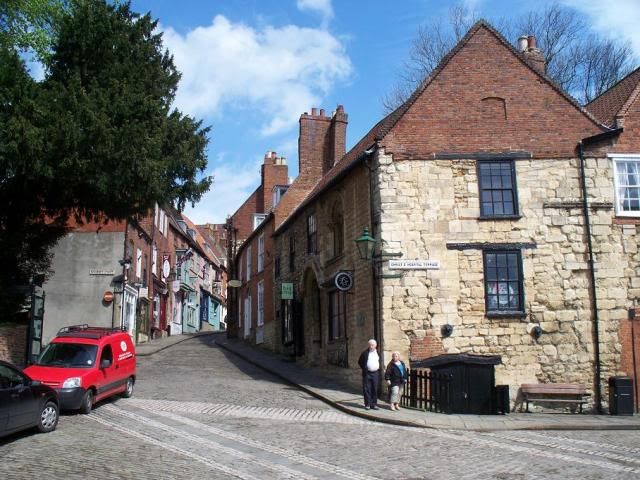
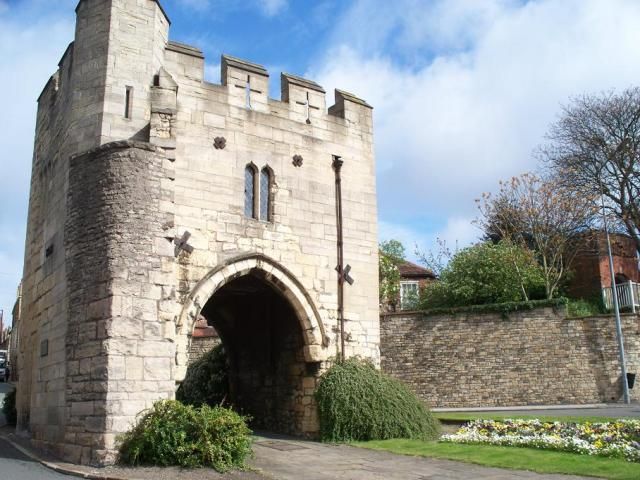
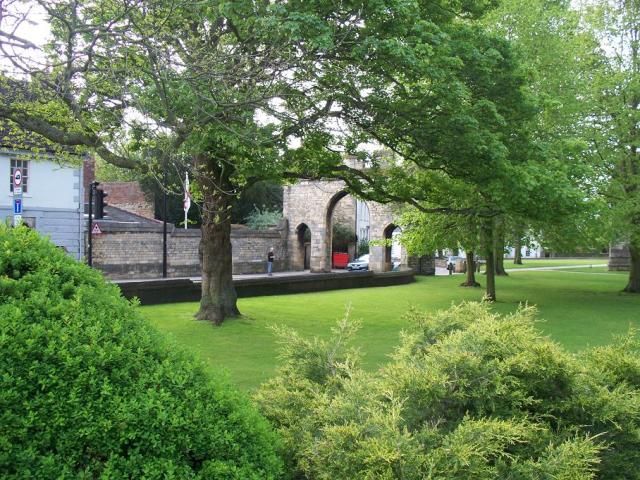
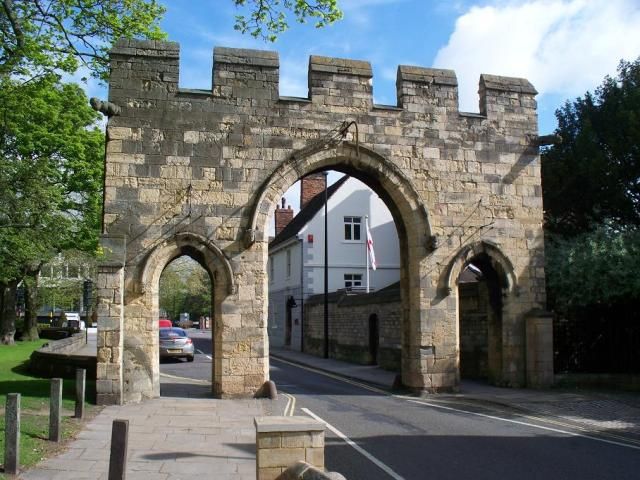

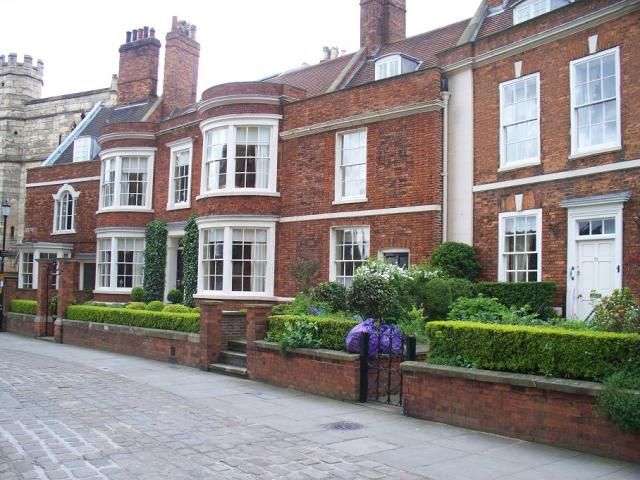
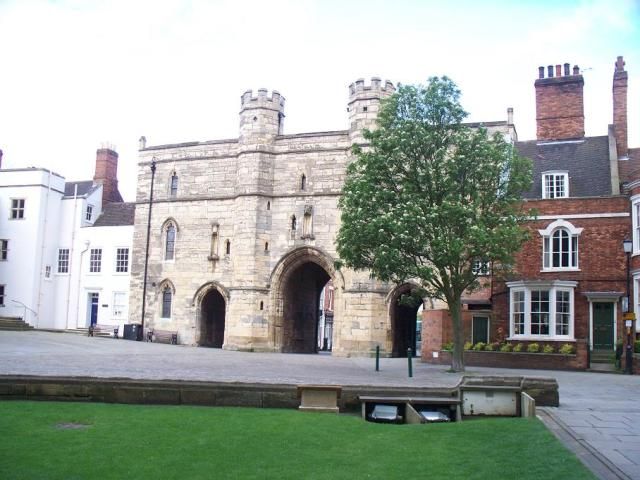
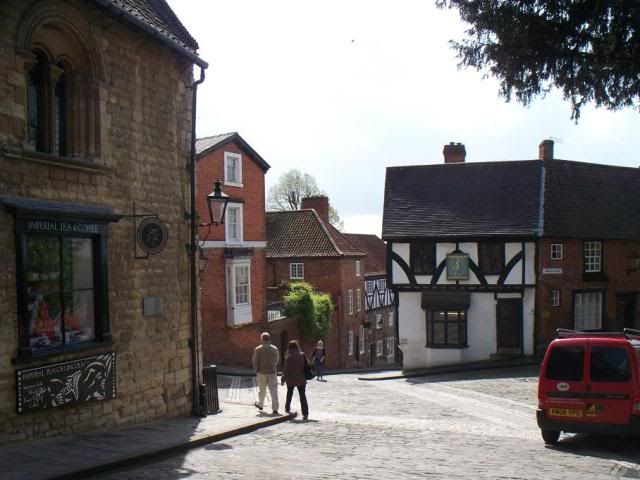

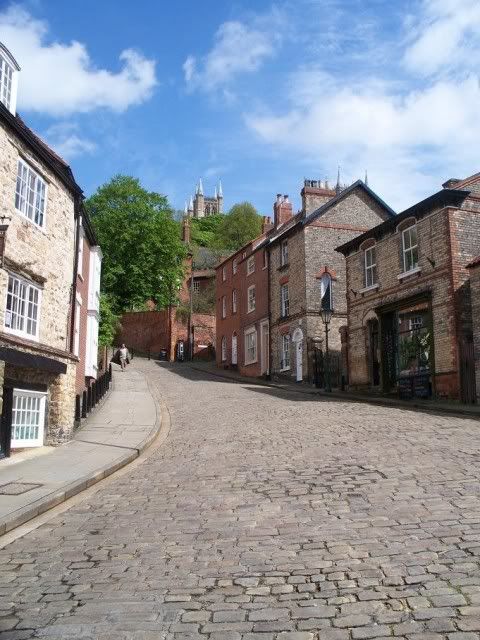

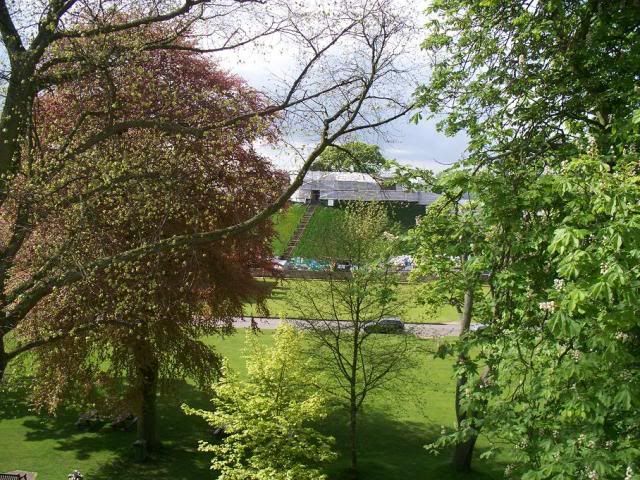
No comments:
Post a Comment